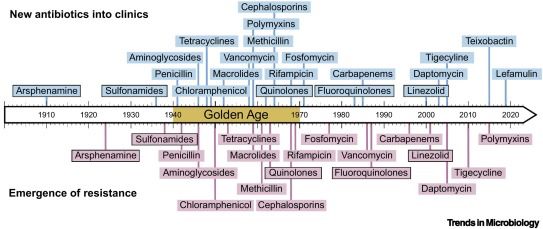Thrilled to have contributed to this story with two of my favourite microbiologists: @jrpenades.bsky.social & @sanmillan.bsky.social
This great work was led by Akshay Sabnis & @wfigueroac3.bsky.social
www.cell.com/cell-reports...

Thrilled to have contributed to this story with two of my favourite microbiologists: @jrpenades.bsky.social & @sanmillan.bsky.social
This great work was led by Akshay Sabnis & @wfigueroac3.bsky.social
www.cell.com/cell-reports...
tRNA-modifying enzymes in bacterial stress adaptation:
How tRNA mods rewire translation under oxidative + antibiotic stress (MoTTs, moonlighting, therapy angles).
Read: doi.org/10.1098/rsob...
#RNAsky #microsky #AMR #RNAmodifications

tRNA-modifying enzymes in bacterial stress adaptation:
How tRNA mods rewire translation under oxidative + antibiotic stress (MoTTs, moonlighting, therapy angles).
Read: doi.org/10.1098/rsob...
#RNAsky #microsky #AMR #RNAmodifications
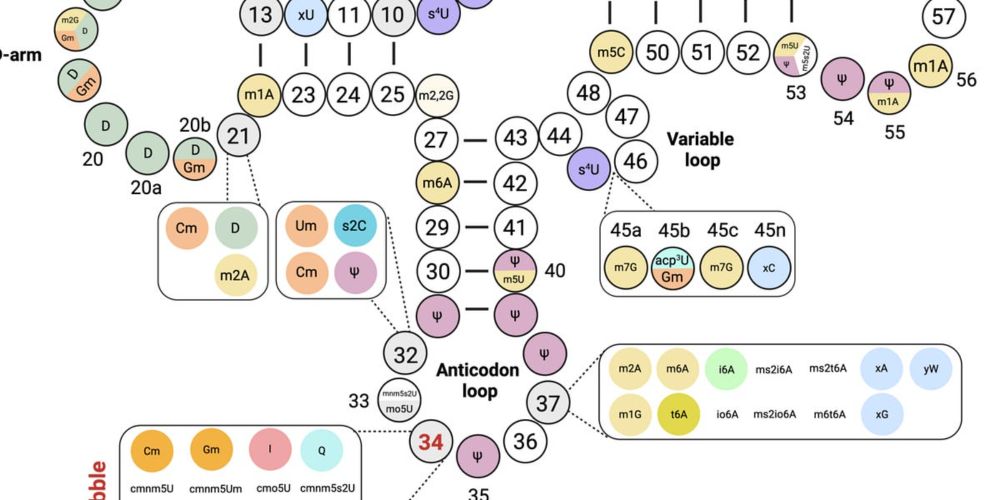
@val-meve.bsky.social www.sciencedirect.com/science/arti...

@val-meve.bsky.social www.sciencedirect.com/science/arti...
Plasmids are associated with very variable fitness costs in their different bacterial hosts. But, what is the contribution of each of the plasmid-genes in these host-specific effects? Study led by
@jorgesastred.bsky.social, @sanmillan.bsky.social and myself! 1/14
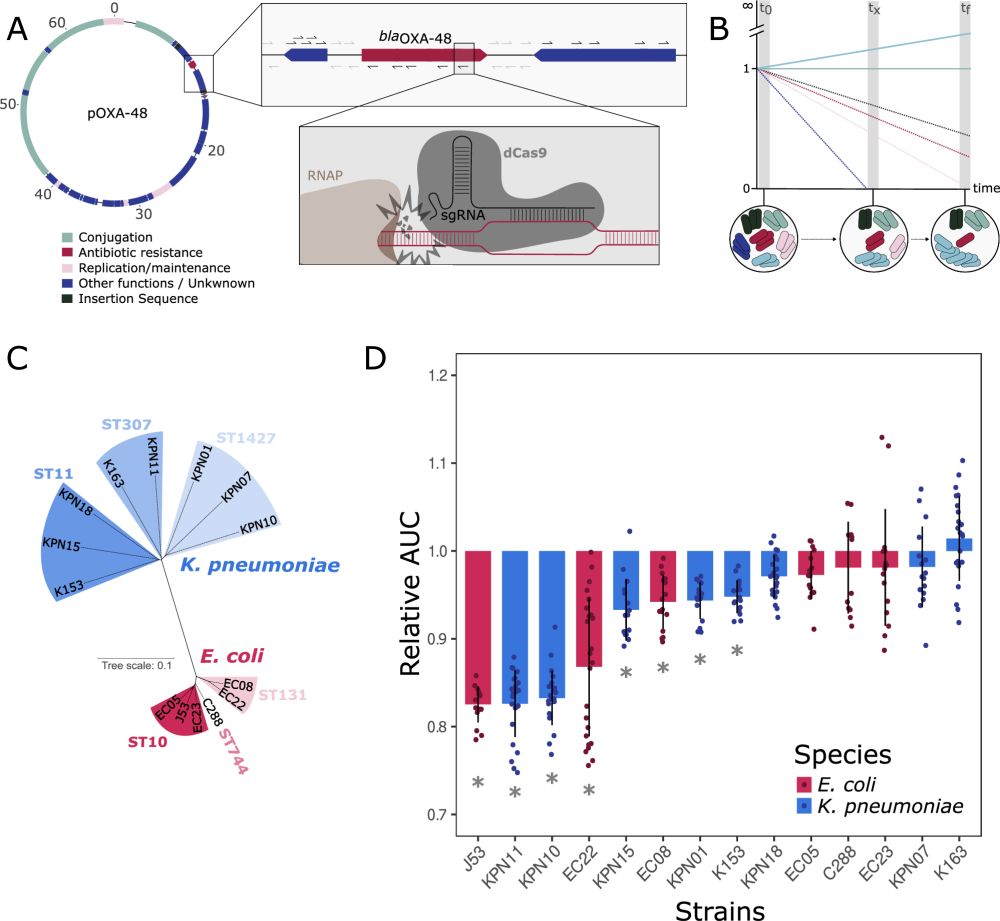
Plasmids are associated with very variable fitness costs in their different bacterial hosts. But, what is the contribution of each of the plasmid-genes in these host-specific effects? Study led by
@jorgesastred.bsky.social, @sanmillan.bsky.social and myself! 1/14
Plasmids ✅
Insertion Sequences ✅
AMR Evolution ✅
Microbial Communities ✅
Databases analyses ✅
Mathematical modeling ✅
See the scientific thread below of Jorge Sastre, who has brilliantly led this work with @palomarodera.bsky.social
Plasmids promote antimicrobial resistance through Insertion Sequence-mediated gene inactivation.
Combining experimental and computational approaches, we unveil how two of the most prevalent bacterial MGE accelerate the evolution of AMR. 🧵👇🏻
www.biorxiv.org/content/10.1...

Plasmids ✅
Insertion Sequences ✅
AMR Evolution ✅
Microbial Communities ✅
Databases analyses ✅
Mathematical modeling ✅
See the scientific thread below of Jorge Sastre, who has brilliantly led this work with @palomarodera.bsky.social
Plasmids promote antimicrobial resistance through Insertion Sequence-mediated gene inactivation.
Combining experimental and computational approaches, we unveil how two of the most prevalent bacterial MGE accelerate the evolution of AMR. 🧵👇🏻
www.biorxiv.org/content/10.1...

Plasmids promote antimicrobial resistance through Insertion Sequence-mediated gene inactivation.
Combining experimental and computational approaches, we unveil how two of the most prevalent bacterial MGE accelerate the evolution of AMR. 🧵👇🏻
www.biorxiv.org/content/10.1...
research.pasteur.fr/en/job/a-two...
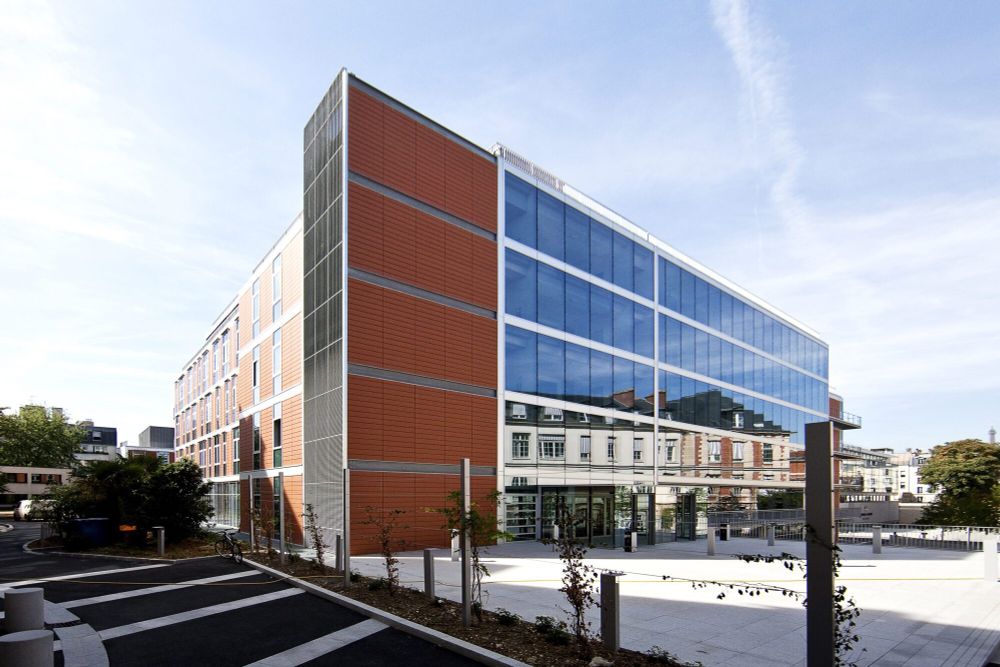
research.pasteur.fr/en/job/a-two...
Excludons are pairs of overlapping genes that block each other’s expression (basically, reverse operons).
We built a tool to identify them in bacterial genomes using transcriptomic data, in an awesome collab led by Iñigo Lasa and Álvaro San Martín.
👇
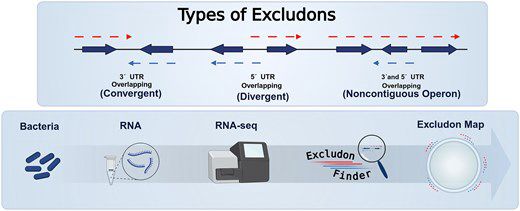
Excludons are pairs of overlapping genes that block each other’s expression (basically, reverse operons).
We built a tool to identify them in bacterial genomes using transcriptomic data, in an awesome collab led by Iñigo Lasa and Álvaro San Martín.
👇
Plasmids promote bacterial evolution through a copy number-driven increase in mutation rate.
We combine theory, simulations, experimental evolution, and bioinformatics to demonstrate that mutation rates scale with plasmid copy number.
Let's dive in! 🧵👇

Plasmids promote bacterial evolution through a copy number-driven increase in mutation rate.
We combine theory, simulations, experimental evolution, and bioinformatics to demonstrate that mutation rates scale with plasmid copy number.
Let's dive in! 🧵👇
🧵 (1/14)
www.doi.org/10.1038/s414...
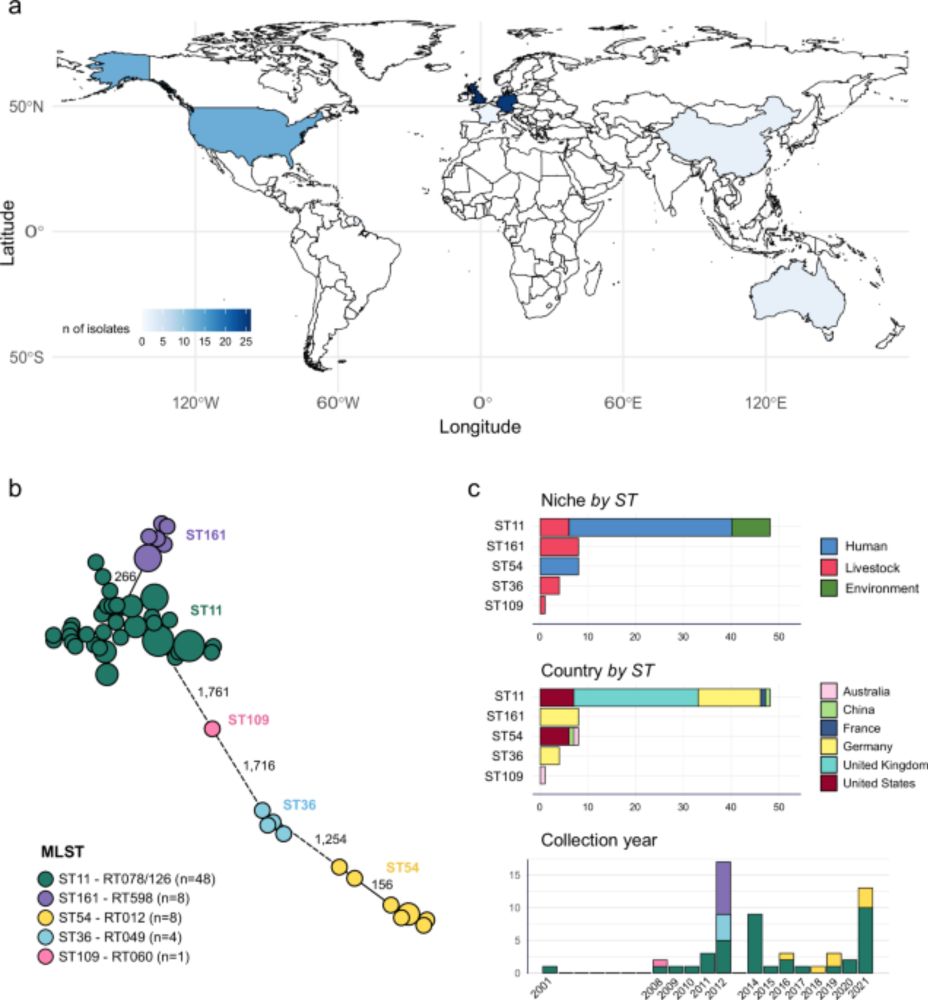
🧵 (1/14)
www.doi.org/10.1038/s414...
doi.org/10.1038/s414...
We analyzed thousands of diverse bacterial plasmids to shed light for the first time on a key aspect of plasmid biology: plasmid copy number. 1/7 👇
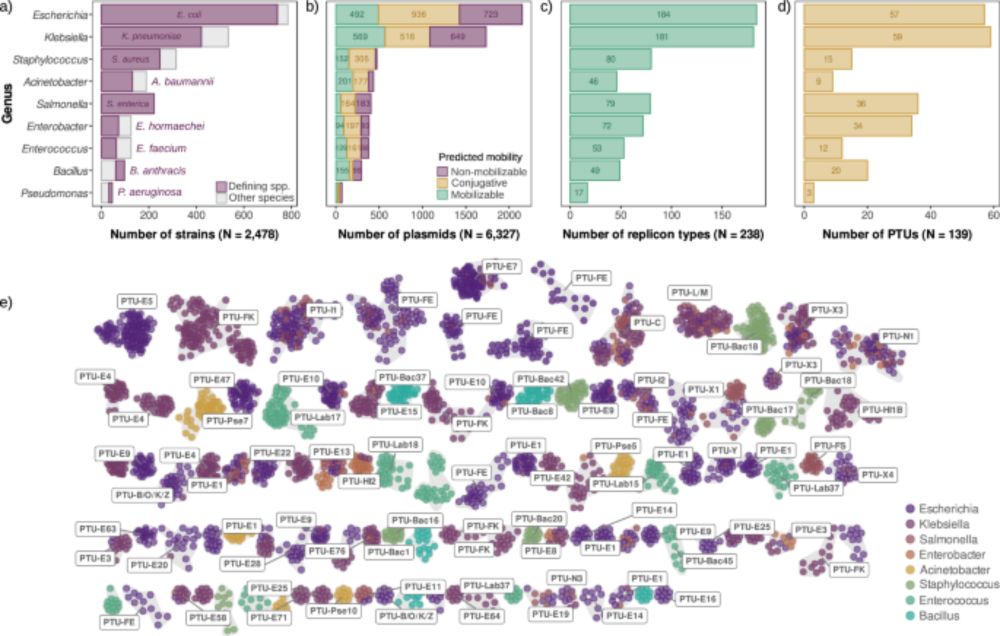
doi.org/10.1038/s414...
We analyzed thousands of diverse bacterial plasmids to shed light for the first time on a key aspect of plasmid biology: plasmid copy number. 1/7 👇
📄https://f.mtr.cool/qxwueostwp

📄https://f.mtr.cool/qxwueostwp
We show that a sub-lineage of 7th pandemic V. cholerae has acquired mobile genetic elements packed with phage defense systems—rendering it multi-phage resistant 😳 ..... 1/3
www.nature.com/articles/s41...

We show that a sub-lineage of 7th pandemic V. cholerae has acquired mobile genetic elements packed with phage defense systems—rendering it multi-phage resistant 😳 ..... 1/3
www.nature.com/articles/s41...
We show that filamentation enhances bacterial survival under toxic stress — not as collateral damage, but as a regulated morphological response.
TL;DR: Filamentation isn’t a symptom, it’s a strategy!
www.biorxiv.org/content/10.1...
We show that filamentation enhances bacterial survival under toxic stress — not as collateral damage, but as a regulated morphological response.
TL;DR: Filamentation isn’t a symptom, it’s a strategy!
www.biorxiv.org/content/10.1...
Finally out after peer review, our work showing that "Mobile #Integrons carry Phage Defense Systems" is now published in Science 🎉
Short 🧵
www.science.org/doi/10.1126/...

Finally out after peer review, our work showing that "Mobile #Integrons carry Phage Defense Systems" is now published in Science 🎉
Short 🧵
www.science.org/doi/10.1126/...
Outstanding work by Laura, Amalia, Nico and Ester from @jaescudero.bsky.social lab in collab with @sanmillan.bsky.social, Fernando Baquero and Rafael Cantón.
Dive into our latest paper to find out! 👇🏼
www.sciencedirect.com/science/arti...

Outstanding work by Laura, Amalia, Nico and Ester from @jaescudero.bsky.social lab in collab with @sanmillan.bsky.social, Fernando Baquero and Rafael Cantón.
Dive into our latest paper to find out! 👇🏼
www.sciencedirect.com/science/arti...
#Plasmids #AMR #HorizontalGeneTransfer #Evolution
#Plasmids #AMR #HorizontalGeneTransfer #Evolution
Thank you @jaescudero.bsky.social and the whole MBA lab 💖💖💖

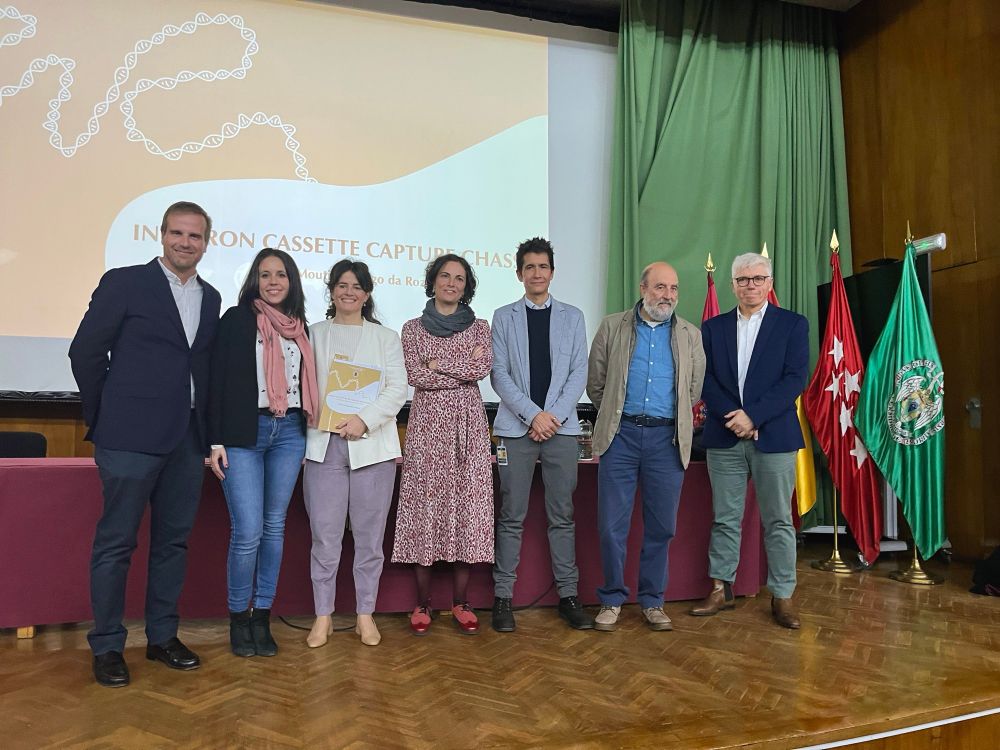
Thank you @jaescudero.bsky.social and the whole MBA lab 💖💖💖
"Time-lapse footage of a vampire amoeba: a microscopic organism that feeds on algal cells by breaking through their cell walls and sucking out their insides."
#ProtistsOnSky
"Time-lapse footage of a vampire amoeba: a microscopic organism that feeds on algal cells by breaking through their cell walls and sucking out their insides."
#ProtistsOnSky
www.biorxiv.org/content/10.1...

www.biorxiv.org/content/10.1...



